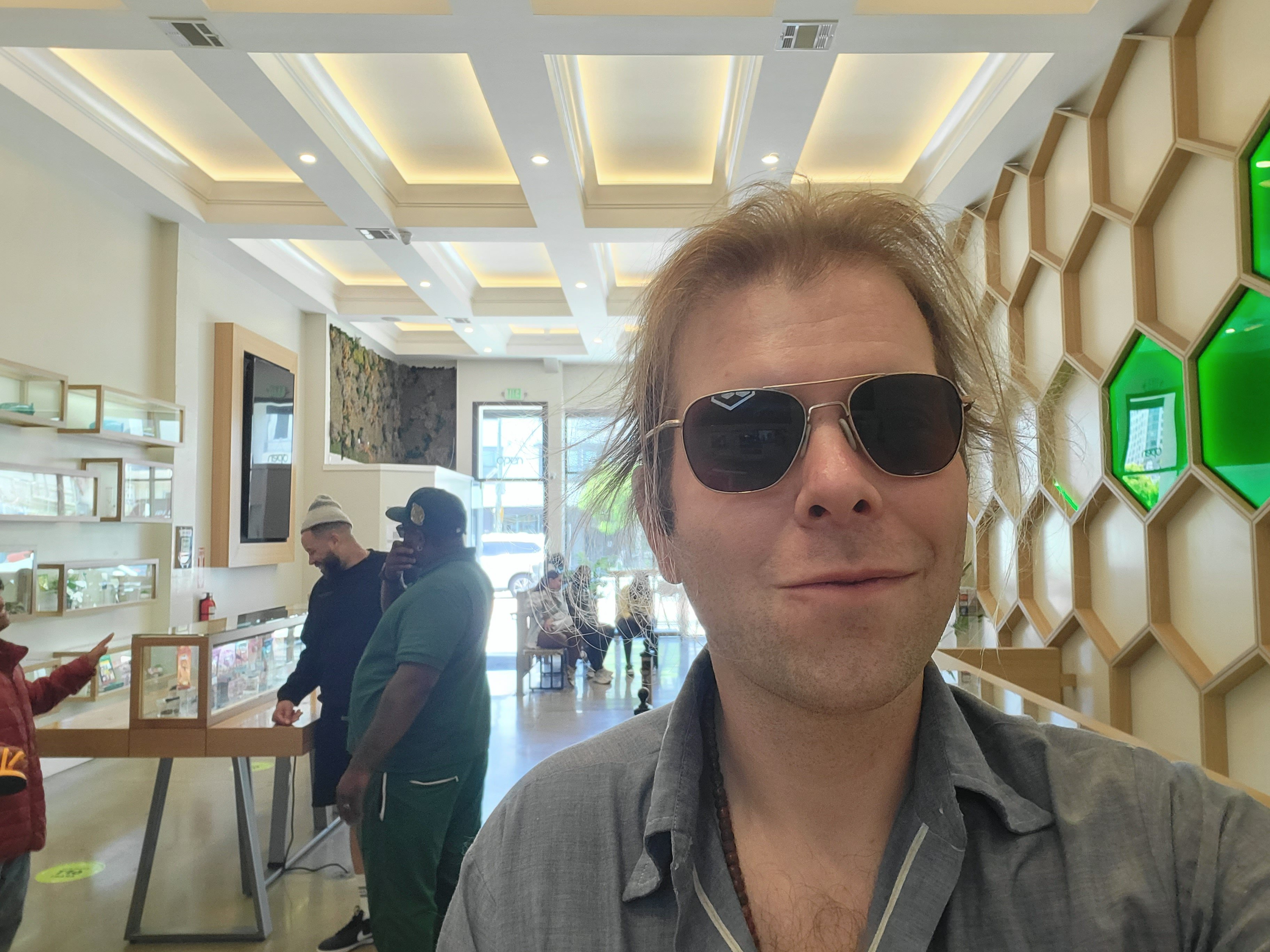I shouldn’t have eaten that third brownie
I was waiting for the dickbutt
I was under the impression you’d never actually realize you were falling in because of the time dilation.
You would see everything around you slow down, while you seem to be going the normal speed, because gravity. As long as your body remained parallel to the hole itself so you didn’t get pulled to shreds.
I get that this shows the gravitational lensing and stuff but… I’m having a hard time squaring that with time dilation. Would you actually see gravitational lensing from inside the lens?
My understanding is that the time dilation effect is point of reference based. So to an external viewer, they would see you slow down and then fade away, red shifted, because the light has a harder and harder time escaping the pull of gravity. From your perspective it may be business as normal, not even particularly noticable (maybe)
What actually happens to you is anyone’s guess currently. The classic view is that with a big enough black hole, you could safely pass the event horizon and explore a very weird region of space where everything (including light) is flowing in one direction. However, since hawking, physics has wrestled with the black hole information paradox — since black holes emit hawking radiation and shrink, is it that you’re duplicated inside and outside? Are the two selves entangled? Do those entanglements rip apart? Or do you get disintegrated and stored on the surface? Is there an energetic barrier around the event horizon? Do you stop being 3D? Does time and space switch roles? Can you exit through a bridge to another part of the universe? Yep, we don’t really know
Recommend PBS Spacetime on YT if you want to explore the theories
I think this one is better https://youtu.be/4rTv9wvvat8



